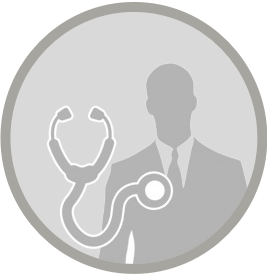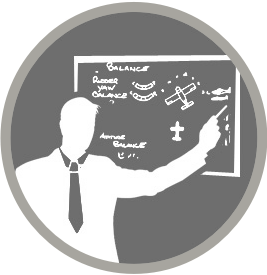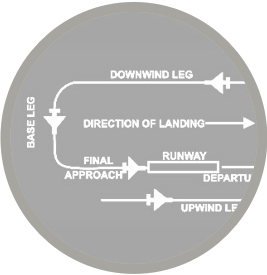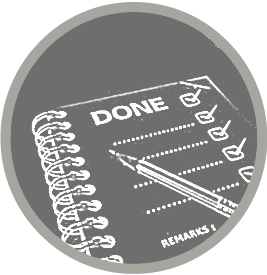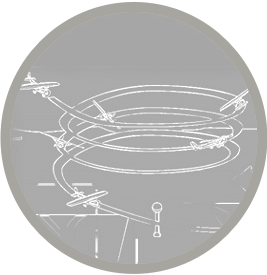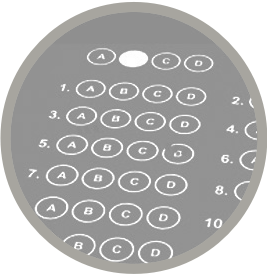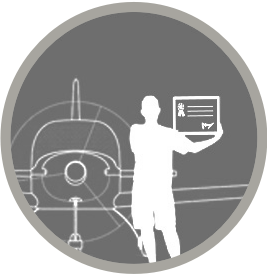Leisure pilot
To become a pilot for a leisure is easier then ever. There are generally two leisure-pilot licenses, namely the Light Aircraft Pilot Licence and Private Pilot Licence. There is slight difference in the privileges of each licence, however both allows you to fly as a pilot of single-engine aeroplane of 2 or 4 seats. Generally, the LAPL(A) is a bit shorter and cheaper then PPL(A), while the Private PPL(A) is also ICAO-recognised and allows the easier growth of privileges. The content of the theoretical knowledge instruction as well as the flight training is basically the same scope with some small differences in the time distribution.
